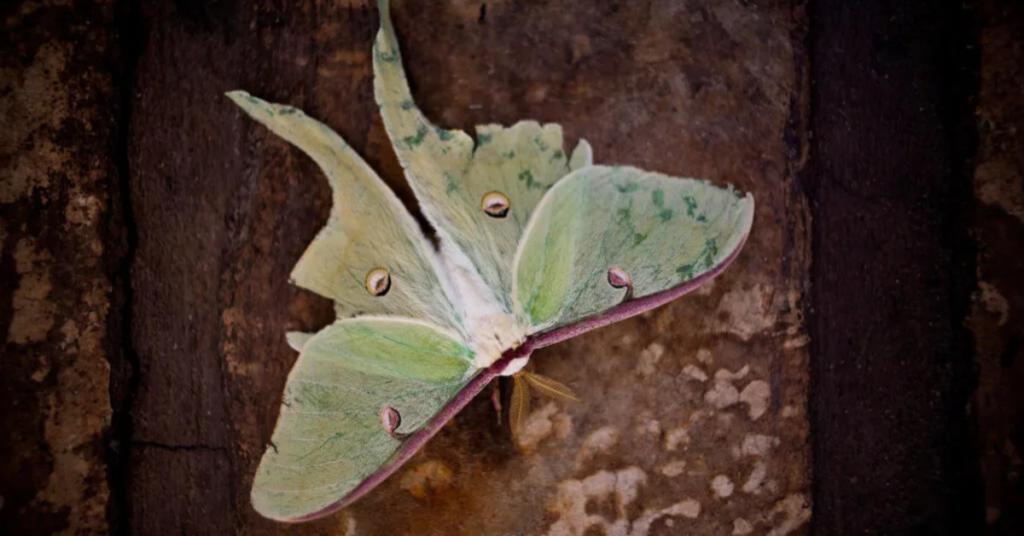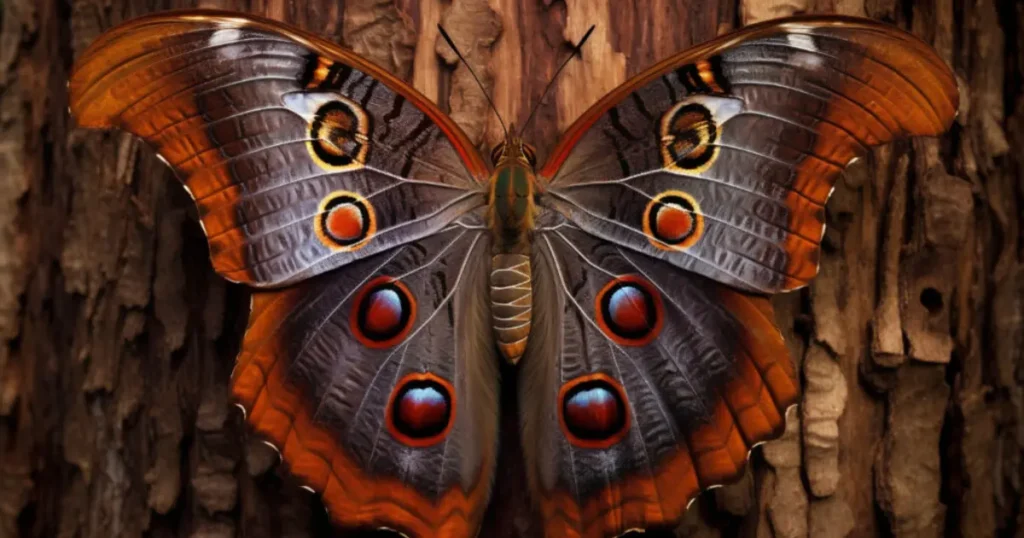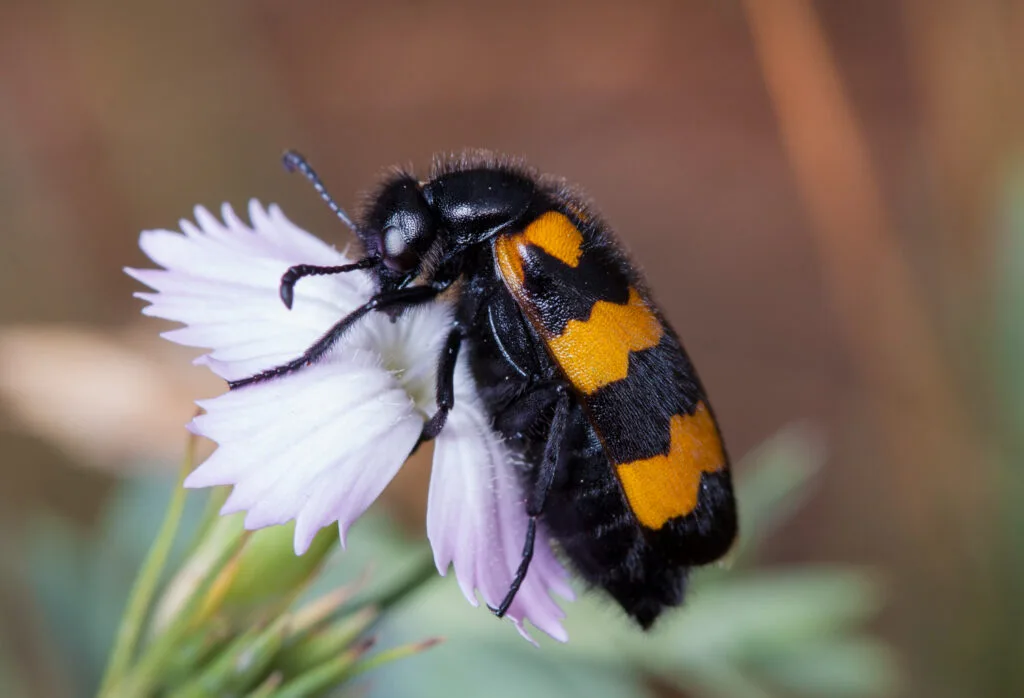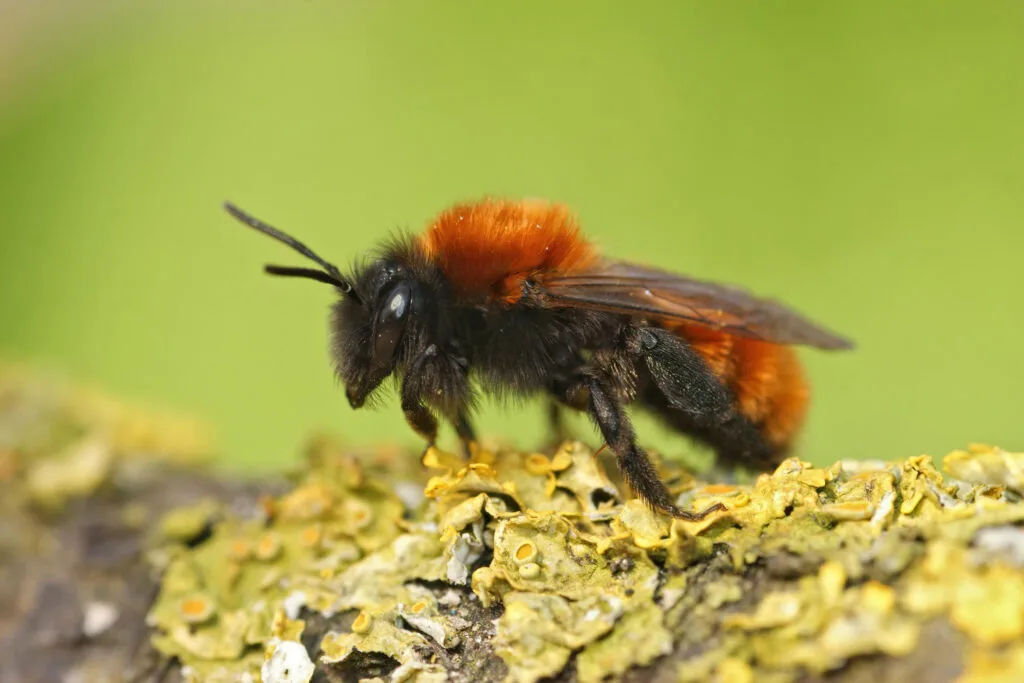The African Grey Parrot is one of the most intelligent and popular pet bird species. Known for its remarkable talking ability, problem-solving skills, and strong bond with owners, it requires dedicated care and attention. If you’re considering owning an African Grey Parrot, this guide will cover everything you need to know, including its care, diet, lifespan, and common health issues.
Table of Contents
ToggleBreed Facts and Care Tips
The African Grey Parrot belongs to the genus Psittacus and is native to the rainforests of Central and West Africa. There are two main subspecies:
- Congo African Grey (Psittacus erithacus erithacus) – Larger, with a lighter grey color and a bright red tail.
- Timneh African Grey (Psittacus erithacus timneh) – Smaller, darker grey with a maroon tail and a slightly different beak structure.
These birds are highly social and require constant mental stimulation to thrive. They can mimic human speech and sounds exceptionally well, making them one of the best talking parrots.
How to Take Care of an African Grey Parrot at Home
A well-balanced diet is essential for the African Grey Parrot‘s health. Their diet should include:
- Pellets (60-70%) – Specially formulated parrot pellets provide essential nutrients.
- Fresh Fruits and Vegetables (20-30%) – Apples, bananas, carrots, leafy greens, and bell peppers.
- Nuts and Seeds (10%) – Walnuts, almonds, and sunflower seeds (in moderation).
Avoid: Avocado, chocolate, caffeine, and high-fat foods, as they are toxic to parrots.
Talking Ability and Intelligence
The African Grey Parrot is renowned for its advanced cognitive abilities. They can:
- Mimic hundreds of words and phrases with clarity.
- Associate words with meanings and respond contextually.
- Solve puzzles and understand complex commands.
Lifespan of African Grey Parrots in Captivity
With proper care, an African Grey Parrot can live:
- 40-60 years in captivity.
- In the wild, their lifespan is typically shorter due to predation and environmental factors.
Is the African Grey Parrot a Good Pet for Beginners?
While the this Parrot Breed is an extraordinary pet, it may not be suitable for beginners due to its:
- High intelligence and need for mental stimulation.
- Sensitivity to stress and changes in routine.
- Long lifespan, requiring decades of commitment.
How Much Attention Does an African Grey Parrot Need?
The African Grey Parrot thrives on interaction. They require:
- At least 3-5 hours of out-of-cage time daily.
- Frequent engagement through talking, training, and playing.
- A stimulating environment to prevent anxiety and behavioral issues.

Differences Between Congo and Timneh Grey Parrots
- Congo African Grey: Larger, with a brighter red tail and a more outgoing personality.
- Timneh African Grey: Smaller, with a darker maroon tail and a calmer temperament.
African Parrot Behaviour and Bonding with Owners
These parrots form strong bonds with their owners. They may:
- Show affection through vocalization and mimicking.
- Become territorial or moody if not socialized properly.
- Require trust-building activities for a healthy relationship.
Common Health Issues
Some common health problems include:
- Feather Plucking – Often due to stress, boredom, or poor diet.
- Hypocalcemia (Calcium Deficiency) – Can cause seizures; ensure a calcium-rich diet.
- Respiratory Infections – Caused by poor ventilation or exposure to toxins.
Conclusion
The African Grey Parrot is an incredible companion, but they demand significant time, care, and interaction. With a proper diet, socialization, and a stimulating environment, these intelligent birds can thrive and bring joy to their owners for decades.







